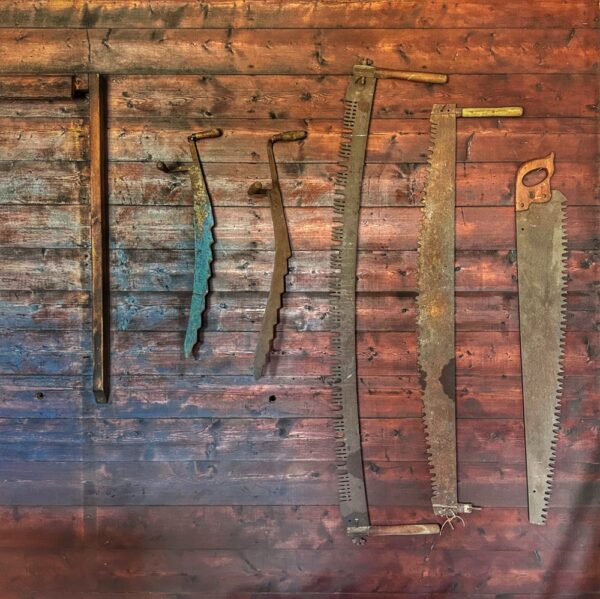I’m considering the relationship between adaptive reuse and palimpsest in reference to Rosslyn’s architectural and archeological echoes, the timeless textures that transcend timestamps, the voices that endure. In each of these four buildings, each historic rehabilitation, we’ve tried to preserve the chapters that have come before our own. Less “renovations” than “revitalizations”, allowing palimpsests aplenty to endure and enrich our lives.

This post is poetry-bound, I think, but still germinating…
Layerings of life
and stories untethered,
uses reimagined
and spaces transformed,
textures transcending time…
Then a leap still un-essayed but in view, ready for a running start.
The palimpsestic
pull of yesteryear,
today, every year,
unfading undertones
these walls and stalls,
this pockmarked place that
once upon a time
garaged carriages,
dusty from travel,
and where horsepower,
steamy and sweat lathered,
retired to recover
from winding ways and
rollercoaster roads.
I’m not yet ready to put the rest together, so instead I’ll lean on two who’ve already succeeded where I’m still endeavoring.
The walk that led out through the apple trees
has disappeared – unless, down on your knees,
searching beneath the vines that twist and cross
among the clumps of grass, the scattered leaves,you scrape, and find – simplest of mysteries,
— Jared Carter, “Palimpsest”, Les Barricades Mystérieuses (Source: Poets.org)
forgotten all this time, but not quite lost –
the walk that led out through the apple trees
among the clumps of grass, the scattered leaves.
XXX
As if by ultra-violet
— Bernard O’Donoghue, “Palimpsest”, Poetry Ireland Review, Issue 12 (Source: Poetry Ireland Review)
An archaic lettering is revealed
(Whose verse, as yet, we haven’t learned to scan)
Of grace-note, souterrain and standing-stone,
Waiting in patience for the ink to fade.
What do you think?